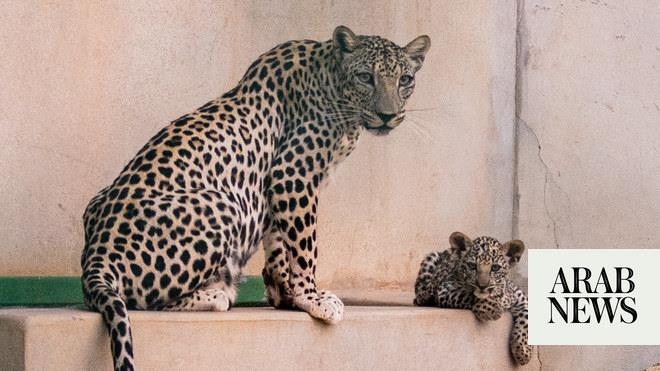
From the Asir mountains in the southwest to the Al Ahsa oasis in the east, Saudi Arabia’s diverse landscape is home to a surprising array of birds. In fact, despite its arid climate and often harsh desert environment, as many as 500 bird species have been recorded, and more than 400 of these species are regularly occurring.
But which species are most important? Of course, all of them are important — but certain species need protection, and some need more protection than others.
In order to understand which of Saudi Arabia’s bird species are vulnerable, and therefore a high conservation priority, they have to meet at least one of three criteria:
1. they must be endangered (have a significant risk of extinction);
2. occur only in the Arabian Peninsula; or
3. more than half of their global population must occur within Saudi Arabia.
Remarkably, 102 species fall into one or more of these categories — around a quarter of the regularly occurring bird species in the country.
Next, they have to be classified in terms of priority. In other words, which are most at risk? Ten different criteria were applied to rank each species in respect to factors such as their global conservation status, number of breeding pairs, level of endemicity and evolutionary distinctness.
In doing so, we were able to identify the rarest and most threatened bird species in Saudi Arabia.
Priority species
Due to its endangered status, its decreasing population size (perhaps just 100 breeding pairs), its small range of around 2,500km2, and its restricted distribution in Saudi Arabia’s Asir mountain range, the Asir magpie was identified as the bird of highest conservation priority within the country, and by some margin.
In fact, the Asir magpie, Asian houbara (ranked 6th on the list), Arabian bustard (9th) and northern bald ibis (10th) were identified as being in imminent danger of extinction. The Arabian bustard and northern bald ibis may already be nationally extinct, while the common ostrich (15th) went extinct across Arabia in the 20th Century, but has since been reintroduced into fenced reserves within Saudi Arabia.
Other species of concern include the Basra reed warbler (2nd). Around 90 percent of its global population passes through the Kingdom each year. Then there is the crab-plover (13th), which — along with the hypocolius and the hamerkop — are wonderfully unique birds that live in Saudi Arabia and are genetically distinct, with no other representatives of their genus living anywhere on earth.
Bespoke conservation
Many global biodiversity measures are based on tropical hotspots, which contain numerous species within a small area. But such measures cannot be applied to places where few species are spread over a large geography. If they were, irreplaceable habitats that are home to unique species could be mistaken as areas of low biodiversity.
Recognizing the unique nature of our environment, Aramco’s conservation biologists therefore adopted geographic information system (GIS) technology to study and record the habitats of birds. This approach was used to create a conservation heatmap identifying regional habitats of the most endangered species — with overall priority scores for every point in the Kingdom.
As a result, we were able to pinpoint the southwest of Saudi Arabia — particularly the Asir mountains and foothills, the Tihama coastal plains, and the Red Sea coastline — as areas where bird species with the highest conservation priority are concentrated.
Our experts then used geospatial technology to measure the territorial and habitat limits within which a particular bird species is found, and what their potential range could be. This allowed identification of specific conservation interventions that could be undertaken to further protect existing habitats, as well as expand the ranges of bird populations to help them become more resilient to threats.
And having mapped Saudi Arabia’s birds, we have expanded our heat mapping for reptiles and mammals, as well as important plant species, to help identify those at risk from desertification.
Digital solutions
The next phase of our project is to create a biodiversity digital twin, using our biological data and other environmental datasets, so that researchers can use real-time data to further explore questions and areas of concern, such as risks from climate change and invasive species.
It will also allow examination of migration pathways, to identify areas where our intervention could help reduce risks facing migratory birds. We also expect to deploy machine-learning algorithms to enable better identification of biodiversity hotspots, risks and threats, to enable development of solutions to protect our unique wildlife.
The United Nations Biodiversity Conference (COP15), which took place in Montreal, Canada, in December, agreed a new set of goals for nature over the next decade. The plan includes concrete measures to halt and reverse nature loss.
Our experience suggests that rather than adopting a one-size-fits all approach, nuanced solutions will be crucial — and the application of new tools and technologies will be key to restoring the balance with nature.












